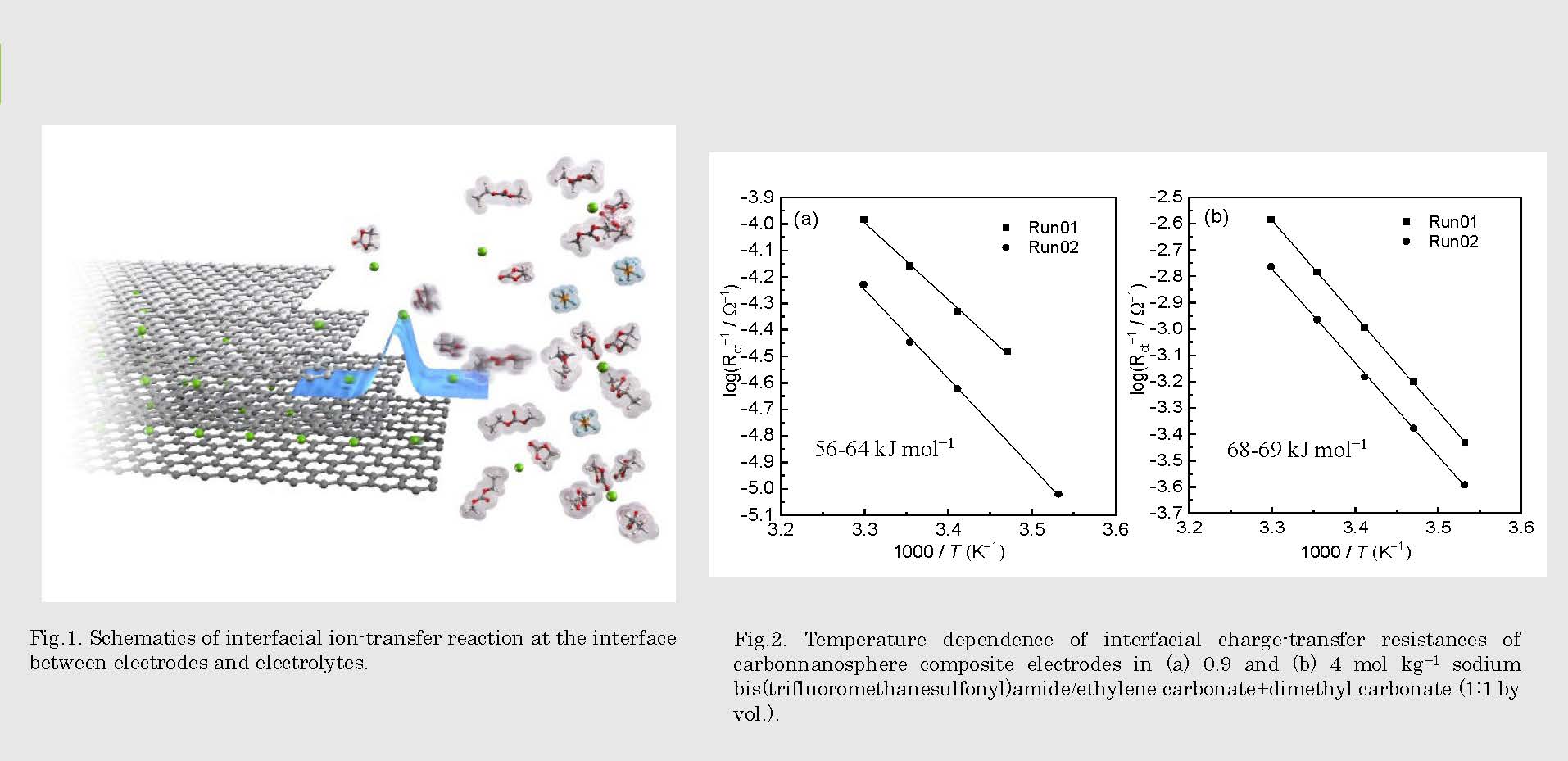
SANKEN
The University of Osaka
大阪大学
産業科学研究所

LAST UPDATE 2022/09/27
-
研究者氏名
Researcher Name近藤靖幸 Yasuyuki KONDO
助教 Assistant Professor -
所属
Affiliation大阪大学 産業科学研究所
エネルギー・環境材料研究分野
SANKEN, The University of Osaka
Department of Energy and Environmental Materials -
研究キーワード
Research Keywords次世代蓄電池
内部抵抗
界面電荷移動反応
Next-Generation Rechargeable Batteries
Internal Resistance
Interfacial Charge-Transfer Reaction
- 研究テーマ
Research Subject -
次世代蓄電池の充放電反応機構解析
Analysis of Charge-Discharge Reaction Mechanism in Next-Generation Rechargeable Batteries
研究の背景 Background of the Research
近年、リチウムイオン電池などの蓄電池を電源とした電気自動車が実用化され始めています。電気自動車の高性能化のため、その充放電反応の高速化は重要な課題であり、電池内部抵抗の低減が求められています。蓄電池の充放電反応における内部抵抗成分は複数の反応ステップに由来しています。そのため、充放電反応を高速化するためには、その内部抵抗を生み出す充放電反応機構を詳細に明らかにすることが必要となります。
Recently, electric vehicles (EVs) utilizing rechargeable batteries such as lithium-ion batteries have been commercialized. To develop higher-performance EVs, rapid charge-discharge is strongly required for the batteries. Internal resistances in charge-discharge reactions of rechargeable batteries are actually derived from several reaction steps. Hence, there is a large demand to understand the charge-discharge reaction mechanism in lithium-ion batteries for reducing the internal resistances.
研究の目標 Research Objective
本研究では、蓄電池充放電時の内部抵抗と反応機構を基礎的に解析し、その抵抗低減の指針を得ることを目指して研究を行っています。我々はこれまでに、電極/電解液界面でのリチウムイオンおよびナトリウムイオン移動のエネルギー障壁が電解液組成に依存することを明らかにしました。今後も、様々な二次電池の充放電反応機構を明らかにし、反応高速化に向けた明確な指針を提示することで、高速充放電が可能な蓄電デバイスの実現を目指します。
Our group aims to fundamentally analyze the origin of the internal resistances and the reaction mechanism in rechargeable batteries. We clarified that the energy barriers of interfacial lithium-ion or sodium-ion at electrode/electrolyte interfaces depend on the electrolyte compositions. We will elucidate the reaction mechanisms of various rechargeable batteries, propose a clear guideline for accelerating the reactions, and develop next-generation energy-storage devices with rapid charge-discharge rate.
研究図Figures

Fig.2. Temperature dependence of interfacial charge-transfer resistances of carbonnanosphere composite electrodes in (a) 0.9 and (b) 4 mol kg−1 sodium bis(trifluoromethanesulfonyl)amide/ethylene carbonate+dimethyl carbonate (1:1 by vol.).
論文発表 / Publications
J. Electrochem. Soc. 166 (3) A5325–A5327 (2019). Electrochem. Commun. 100 26–29 (2019). J. Appl. Electrochem. 51 (4) 629–638 (2021).
研究者連絡先 / HP
- yasuyuki.kondo
 sanken.osaka-u.ac.jp
sanken.osaka-u.ac.jp - https://www.sanken.osaka-u.ac.jp/labs/eem/index.html